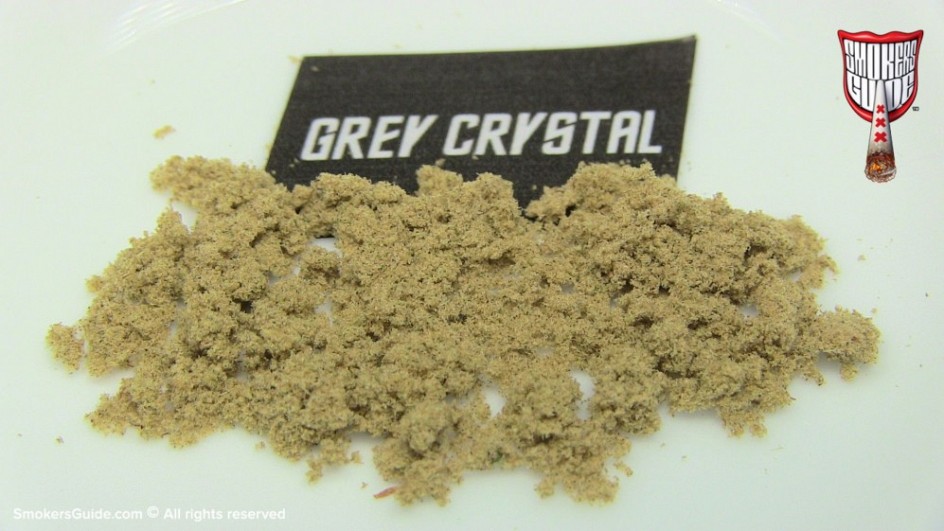What are cannabinoids and how do they work?
Cannabis plants produce a group of compounds known as cannabinoids, so far around 80 have been found. You know all those shiny crystal-like resin heads on your bud – those are glandular trichomes, full of cannabinoids. The main cannabinoids, as well as the most well-known are THC, tetrahydrocannabinol and CBD, cannabidiol.
What is THC?
THC is the most common cannabinoid, it shows up in the highest concentrations in the plant, generally at around 10-20%. This is the part of cannabis that gives it its much-loved effect – the high. When you consume cannabis, be it in an edible, a tincture or a big fat joint, the cannabinoids bind to cannabinoid receptors that in the brain and body.
Cannabinoid Receptors?
That’s right, your brain and body are full of cannabinoid receptors, they are everywhere. It’s like key fitting into a lock. There are two main types of cannabinoid receptors; type 1, CB1 and type 2, CB2. CB1 receptors are mainly in the brain, while CB2 receptors are found mainly in the body, especially in the immune system. The whole body is full of cannabinoid recepetors that form the endocannabinoid system.
What is CBD?
CBD is not psychoactive like THC, it seems to be more of a relaxant, and has shown huge medical potential. In studies it has been shown to reduce anxiety, pain, nausea and inflammation. It has also been shown to be antibacterial, reduce blood sugar levels and control seizures and spasms. CBD has gained much attention in recent years, from growers and medical users as well as the media.
Interestingly CBD seems to prefer the CB2 receptors, which could explain the medicinal value of CBD as CB2 receptors are thought to be what controls many of the anti-inflammatory and other medicinal effects of cannabis. Cannabis plants normally contain less than 1% CBD, however now strains are available with up to 20% CBD, namely Charlotte’s Web which has 20% CBD and 0.5% THC.
Cannabis is Medicine
However it’s not just CBD that has shown huge potential for use as a medicine. THC has also been shown to help relieve pain, control spasms and reduce nausea. Other cannabinoids also offer medical benefits; CBC has been shown to promote bone growth, CBG can help slow bacterial growth, CBCA can treat fungal infection. Cannabinoids seem to be full of medical potential. CBD, CBC, CBG and some forms of THC have even been shown to stop the growth of cancers.
Stoned for Ages
Cannabis based medicines are nothing new, for thousands of years cannabis has been used for its medicinal value. In Chinese medical texts from as long ago as 2700BC cannabis was being used medicinally. The Indians have been drinking a milk based cannabis drink called Bhang since at least 1000 BC. Cannabis has been used throughout history as a medicine, all the way up until the crackdown on cannabis and prohibition began.
Medical Marijuana
As cannabis has becomes more accepted in the mainstream, with it now legal or decriminalized in many areas around the world, much more research can be done and we can learn even more about this amazing plant. The list of places that have legalized cannabis for medicinal use, most famously California in the USA but now more than half of the USA, and some places are even moving towards full legalization, like Colorado and Washington.
Stay tuned for more Weed Science coming soon!



 Understanding the Legal Compliance Requirements for CBD...
Understanding the Legal Compliance Requirements for CBD...  Delta 8 And Delta 9 THC: How To Safely Consume And Enjoy...
Delta 8 And Delta 9 THC: How To Safely Consume And Enjoy...  Do Hemp-Derived Delta-9 Gummies Get You High?
Do Hemp-Derived Delta-9 Gummies Get You High?  6 Facts to Know About the Legalization of Marijuana
6 Facts to Know About the Legalization of Marijuana  5 Ways Cannabis Can Affect Your Mental Wellness
5 Ways Cannabis Can Affect Your Mental Wellness  Cannabis (CBD) is a powerful therapeutic tool that has...
Cannabis (CBD) is a powerful therapeutic tool that has...  Learn Top 5 secrets about Delta 8 THC in 10 Mins
Learn Top 5 secrets about Delta 8 THC in 10 Mins  5 Surprising Uses for Medical Cannabis
5 Surprising Uses for Medical Cannabis 
